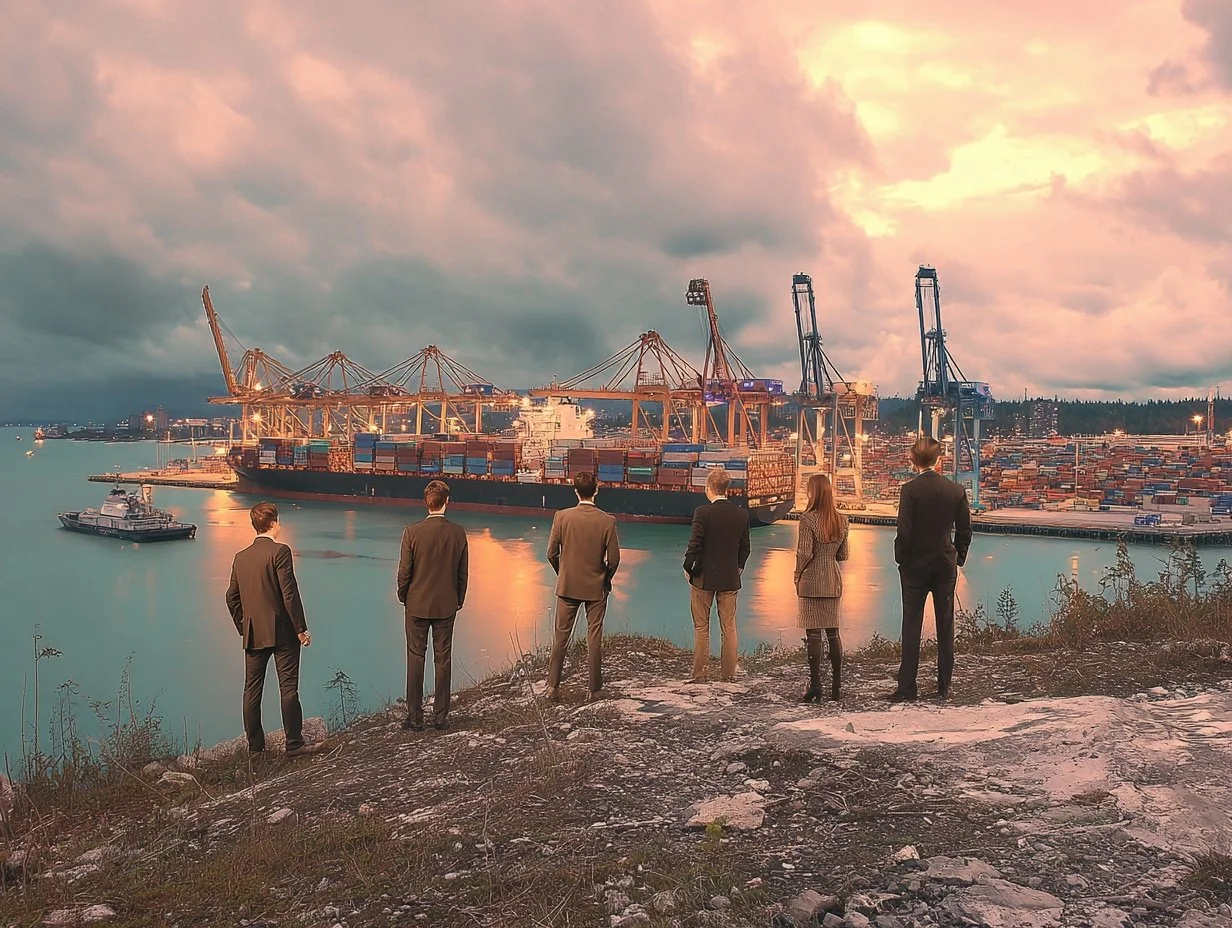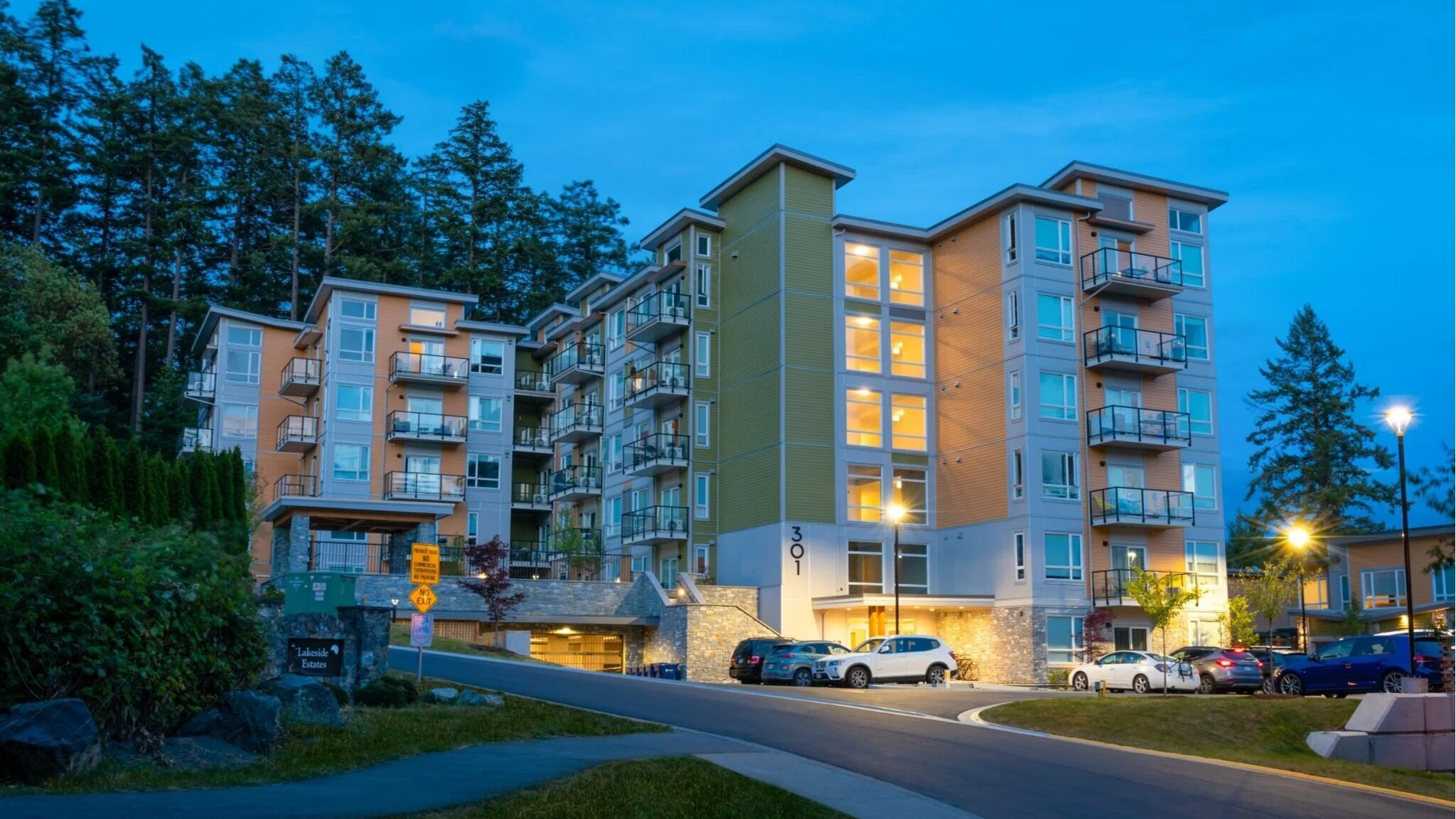how u.s. tariffs are changing construction costs and land values in vancouver
When the U.S. imposed a sweeping 25% tariff on Canadian goods in early 2025, Vancouver’s real estate and construction sectors entered a period of uncertainty. While initial reactions focused on immediate disruptions, builders, investors, and landowners now need clarity on exactly how these tariffs are reshaping construction costs, investment feasibility, and land valuations.
This March 2025 analysis provides a precise snapshot of the direct impacts tariffs are having, based on authoritative industry data and expert forecasts, helping stakeholders recalibrate their strategies to protect their interests.
tariff-driven cost increases what’s really happening
The tariffs immediately impacted critical construction materials, sharply elevating costs for steel, aluminum, lumber, and numerous finishing products. According to the Canadian Home Builders’ Association (CHBA, 2025), these material cost increases average 6–8% across projects, with certain key items experiencing far steeper hikes:
Steel & Aluminum: Structural steel, rebar, beams, and aluminum products such as window frames have seen immediate 25% price increases due to direct tariffs.
Lumber: Although British Columbia produces ample lumber domestically, existing duties combined with new tariffs exacerbated pricing volatility and strained regional supply chains.
Mechanical & Electrical Components: HVAC units, elevators, and essential building systems sourced largely from U.S. manufacturers are experiencing similar cost surges.
Finishing Materials: Appliances, glass, hardware, and fixtures imported from the U.S. ($3.5 billion in glass and $3 billion in appliances annually) are significantly impacted.
These sudden cost escalations have already prompted developers to revisit project budgets, causing delays and potential cancellations as builders reassess profitability and timelines.
direct impact on land valuations
With construction costs rapidly increasing, Vancouver land values face notable downward pressure. Higher project expenses reduce the prices developers can feasibly pay for land while maintaining profit margins, especially for multifamily and rental developments.
According to recent data from Altus Group (2025), short-term land value adjustments of up to 10–20% are expected for redevelopment sites. While prime locations in core areas may retain stability due to limited supply and strong demand, secondary or marginal sites are already seeing fewer transactions and softened pricing.
In practical terms, landowners who previously anticipated premium pricing due to Vancouver’s historically strong market conditions are now reconsidering realistic exit values. This adjustment is temporary but significant—land prices could remain suppressed until developers regain confidence in stable construction costs.
why investors are increasingly cautious
Investor sentiment has also shifted dramatically. Increased construction expenses directly impact project feasibility metrics such as internal rates of return (IRR) and return on cost. With typical development margins already tight, even modest cost increases can erode profitability significantly.
Investors have become cautious, delaying or reconsidering commitments to new projects until tariff-driven volatility stabilizes. According to industry reports, institutional and international investors have shown particular hesitancy, often deferring investment decisions or reducing their exposure to new developments in Vancouver (Altus Group, 2025).
The result is a reduced appetite for risk among key investor groups, forcing developers to revisit project economics and look for ways to maintain financial viability under new market conditions.
strategies to protect project viability and land values
While tariffs have created challenges, stakeholders can still take meaningful actions to mitigate risk and protect project viability:
Revised Financial Modeling: Developers and investors should promptly recalibrate budgets and proformas to reflect current tariff-impacted construction costs and realistic exit prices.
Contingency & Risk Management: Increasing project contingencies and reassessing project timelines can buffer against further cost uncertainties.
Alternative Material Sourcing: Diversifying suppliers away from tariffed U.S. imports toward European, Asian, or domestic sources under CETA or CPTPP can stabilize input costs.
Policy Awareness & Adaptation: Leveraging lower Bank of Canada interest rates and potential government interventions (tax relief or infrastructure stimulus) can partially offset cost increases.
Proactively adjusting strategies based on expert market analysis can limit the tariffs’ damage, ensuring that developments remain feasible and profitable.
specialized advice and trusted relationships matter now more than ever
Navigating this tariff-driven landscape requires more than generic market knowledge—it demands specialized, accurate, and actionable insights paired with strong industry connections. Developers, investors, and landowners in Vancouver’s multifamily and development market need targeted expertise and direct access to key market players, financing partners, and strategic suppliers.
My advisory support goes beyond detailed analysis. Leveraging deep relationships across Vancouver’s development and investment communities, I ensure you’re not only informed but strategically connected. Whether you’re recalibrating valuations, revising investment strategies, or managing project feasibility, specialized support backed by strong, trusted relationships makes the critical difference.
Concerned about tariffs impacting your project or property? Let’s talk.
-
Altus Group. (2025, February 26). Trade Tensions: What Could Tariffs Mean for Canada’s Construction Market?Retrieved from https://www.altusgroup.com/insights/trade-tensions-tariffs-mean-for-canada-construction-market/
Canadian Home Builders’ Association. (2025, February 4). 25% Tariff Hike on Canadian and Mexican Goods Harms Housing Affordability. Retrieved from https://www.chba.ca
Global News. (2025, February 1). How a Trade War and U.S. Tariffs Could Hit Canada’s Housing Market. Retrieved from https://globalnews.ca/news/10986937/us-canada-tariff-war-housing-impact/
National Association of Home Builders (NAHB). (2025, February 4). 25% Tariff Hike Harms Housing Affordability.Retrieved from https://www.nahb.org
Reuters. (2025, March 4). Teck CEO Says Miner Could Sell to Asia to Avoid Trump’s New Tariffs. Retrieved from https://www.reuters.com/markets/commodities/teck-ceo-says-miner-could-sell-asia-avoid-trumps-new-tariffs-2025-03-04/
Barron’s. (2025, March 3). How Trump’s Policies Could Make the Housing Market Even More Unaffordable. Retrieved from https://www.barrons.com















